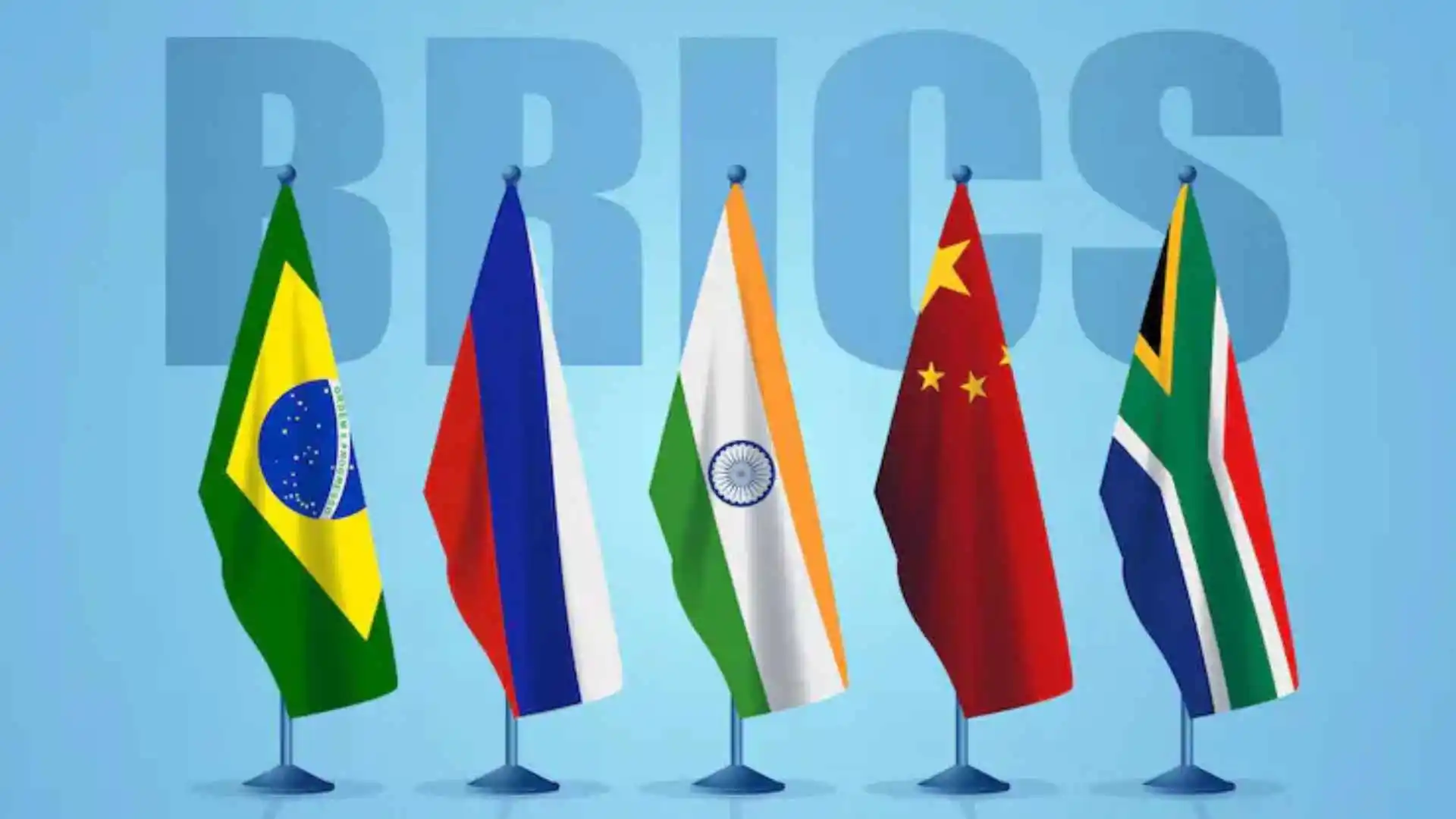
The BRICS alliance—Brazil, Russia, India, China, and South Africa—is once again at the center of global economic and political discussions. Recent moves by the bloc have intensified debates around its growing influence and challenges to the existing global order. This article dives into the latest developments concerning BRICS, including a key focus on the recent tariff threats by former US President Donald Trump, and what this means for the global economy.
BRICS Challenges the Dollar’s Dominance
One of the most significant ongoing developments within BRICS is its effort to reduce reliance on the US dollar in global trade. The bloc is actively exploring alternatives, such as trading in local currencies or creating a common currency. This initiative has raised eyebrows globally, as it directly challenges the dollar’s role as the world’s reserve currency.
Trump’s Response: Tariff Threats
According to recent reports, former US President Donald Trump has warned BRICS nations with 100% tariffs if they attempt to replace the US dollar in trade transactions. This statement reflects the rising tension between the United States and the BRICS bloc.
Why Does This Matter?
- Economic Control: The US dollar’s dominance gives the United States significant leverage in global trade and finance.
- Geopolitical Shifts: If BRICS successfully reduces reliance on the dollar, it could shift the balance of power in global economic policies.
- Impact on Global Trade: Tariffs imposed on BRICS nations could disrupt global supply chains and impact industries worldwide.
BRICS’ Actions
Despite Trump’s threats, BRICS nations are doubling down on their efforts to enhance financial independence. Here are some key strategies they are implementing:
1. Local Currency Trade
- India and Russia have already started trading in rupees and rubles for certain commodities.
- China is encouraging the use of the yuan in its trade partnerships with BRICS members.
2. Strengthening the New Development Bank (NDB)
- The NDB is expanding its portfolio to fund more projects in member nations, reducing dependence on Western financial institutions.
- It is also exploring the possibility of lending in local currencies.
3. Exploring a Common BRICS Currency
- Recent summits have discussed the feasibility of introducing a common currency for intra-BRICS trade.
- Experts believe this could take years but would fundamentally change global trade dynamics.
Geopolitical Tensions and BRICS’ Role
Trump’s recent statements highlight the geopolitical tensions surrounding BRICS’ rise. The bloc’s efforts to create a more balanced global order are seen as a direct challenge to Western dominance. Here are some key geopolitical implications:
1. A Multi-Polar World
- BRICS aims to reduce the unilateral influence of the United States and other Western powers in global affairs.
- This could pave the way for a multi-polar world where emerging economies have greater influence.
2. Western Pushback
- The US and its allies may impose sanctions or tariffs to counter BRICS’ growing influence.
- Trade wars could escalate, impacting global markets and economic stability.
3. Global Partnerships
- BRICS is actively seeking partnerships with other emerging economies, such as Indonesia and Turkey, to expand its influence.
The Future of BRICS in a Changing World
Despite challenges, BRICS continues to position itself as a major force in the global economy. Recent developments, including Trump’s threats, highlight the bloc’s growing significance and the pushback it faces from established powers.
Key Opportunities:
- Technological Innovation: Investments in digital infrastructure and renewable energy.
- Expanded Membership: Welcoming new members to increase its economic and political clout.
- Reduced Dollar Dependence: Continued efforts to trade in local currencies or create a unified BRICS currency.
Key Challenges:
- Internal Disparities: Balancing the interests of member nations with vastly different economies.
- Geopolitical Risks: Navigating tensions with Western powers while maintaining unity.
Conclusion: BRICS’ Bold Vision
The recent news surrounding BRICS underscores its ambitions to reshape the global economic order. From reducing reliance on the US dollar to strengthening financial independence, the bloc is taking bold steps to assert its influence. However, these moves have not gone unnoticed, with figures like Donald Trump issuing strong warnings and potential tariffs.
As BRICS continues to evolve, its impact on global trade, finance, and geopolitics will be profound. For businesses, policymakers, and investors, keeping a close eye on BRICS’ developments is essential to understanding the shifting dynamics of the global economy.
source : timesofindia

